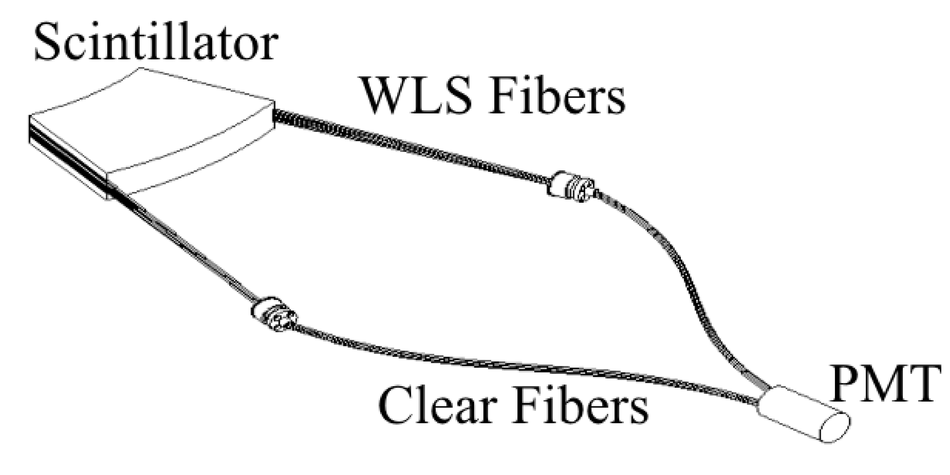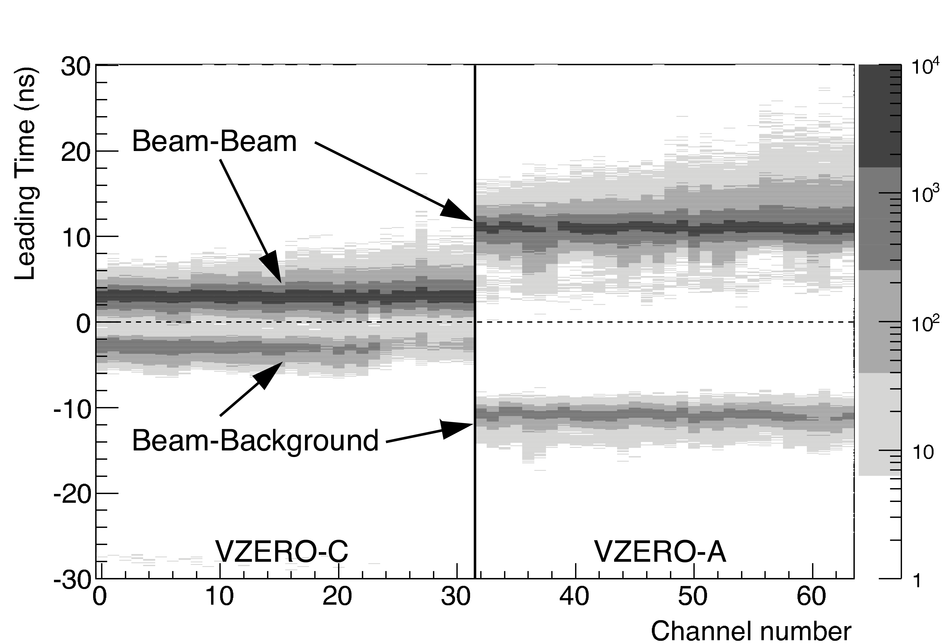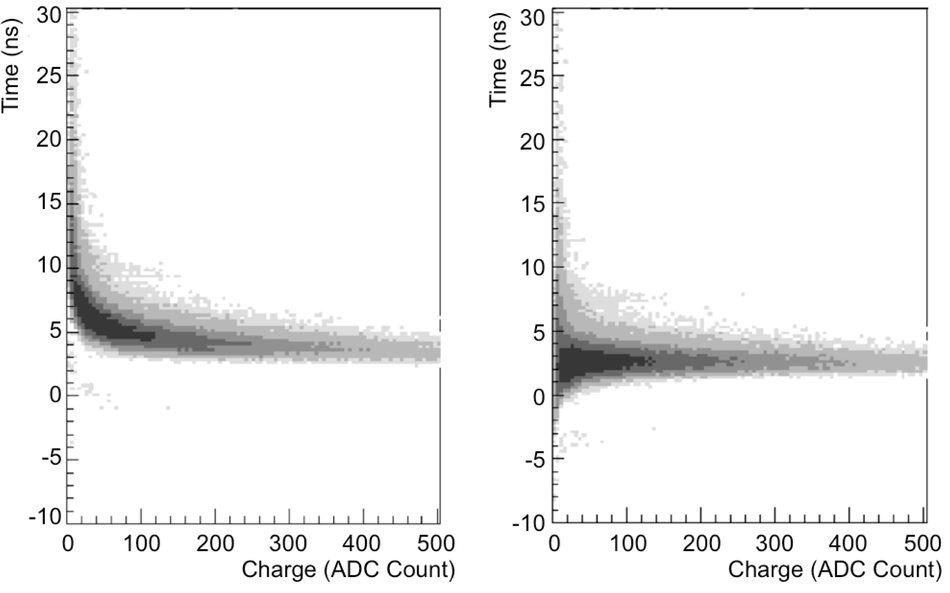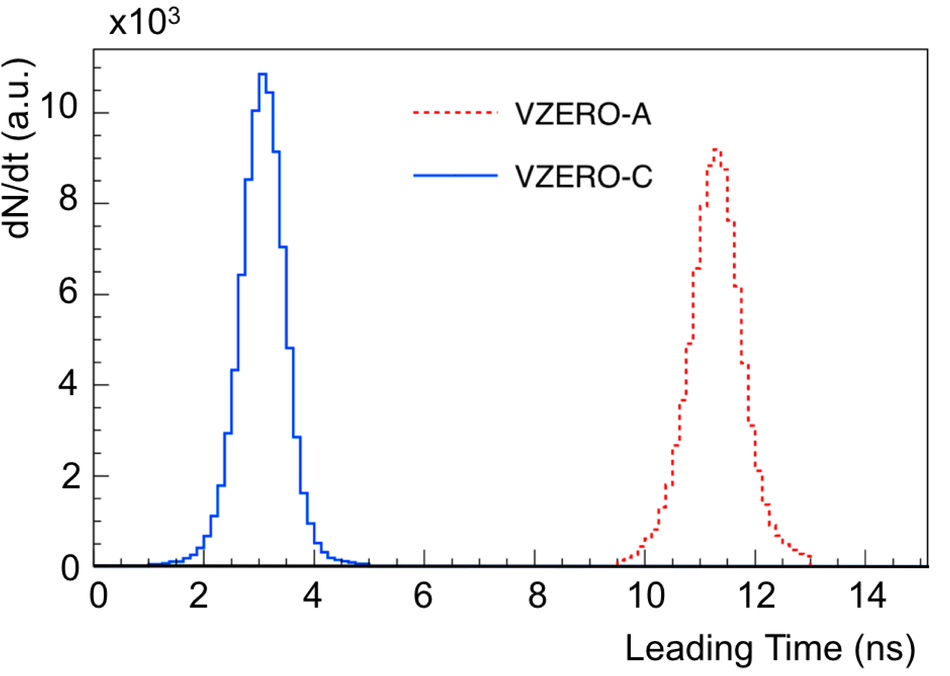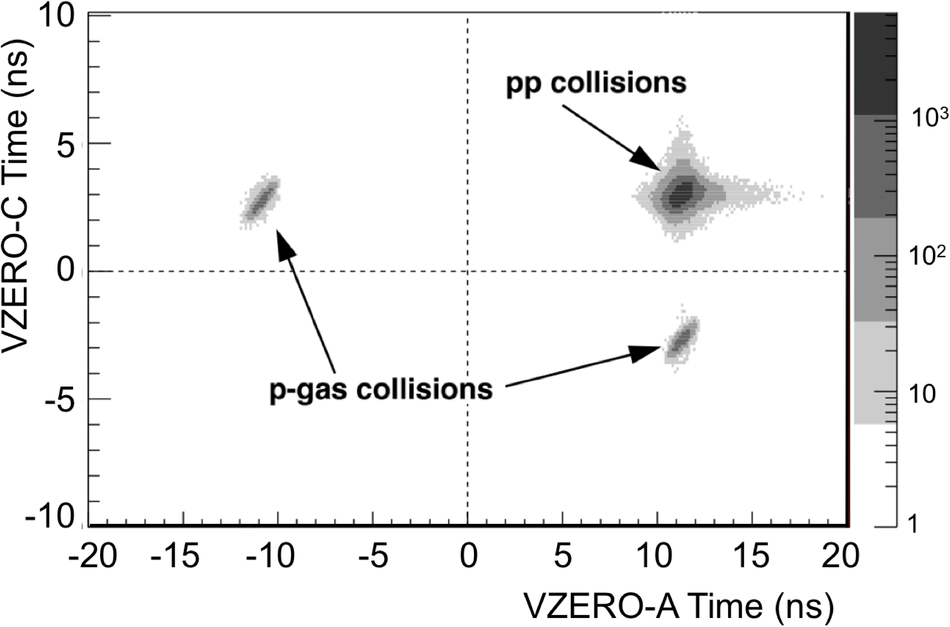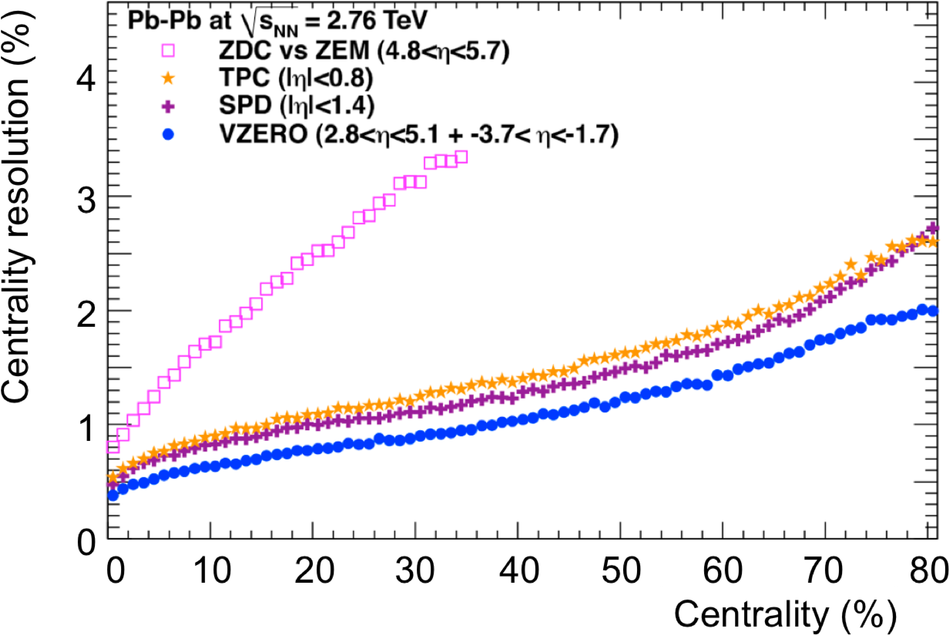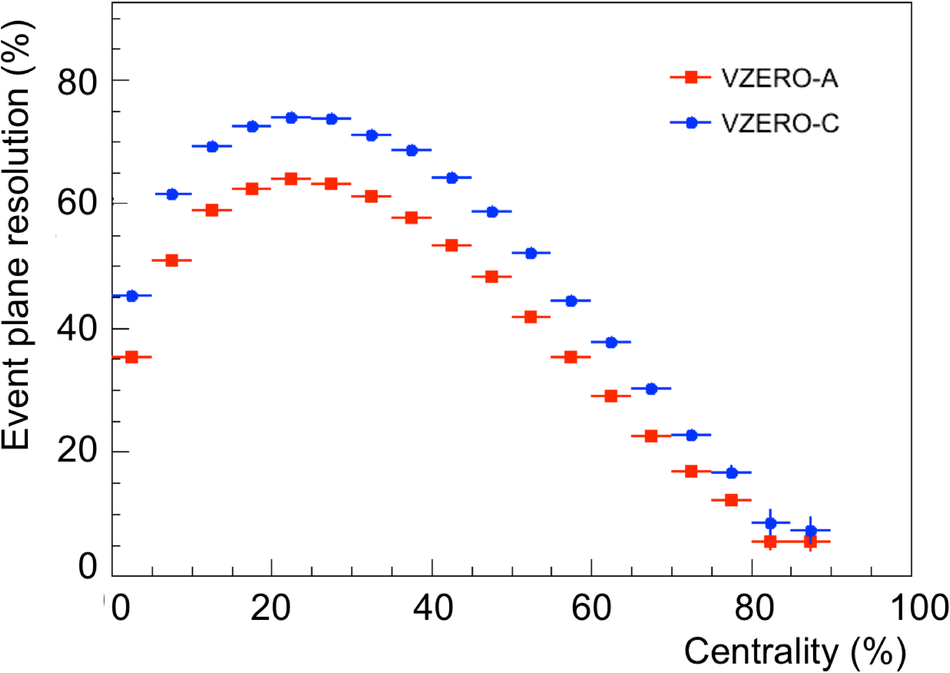ALICE is an LHC experiment devoted to the study of strongly interacting matter in proton-proton, proton--nucleus and nucleus-nucleus collisions at ultra-relativistic energies. The ALICE VZERO system, made of two scintillator arrays at asymmetric positions, one on each side of the interaction point, plays a central role in ALICE. In addition to its core function as a trigger, the VZERO system is used to monitor LHC beam conditions, to reject beam-induced backgrounds and to measure basic physics quantities such as luminosity, particle multiplicity, centrality and event plane direction in nucleus-nucleus collisions. After describing the VZERO system, this publication presents its performance over more than four years of operation at the LHC.
JINST 8 (2013) P10016
e-Print: arXiv:1306.3130 | PDF | inSPIRE
CERN-PH-EP-2013-082



